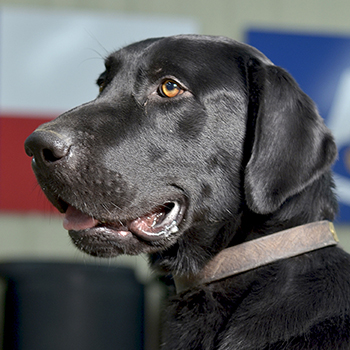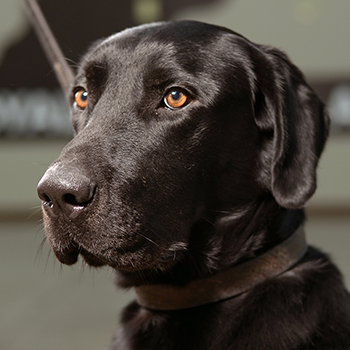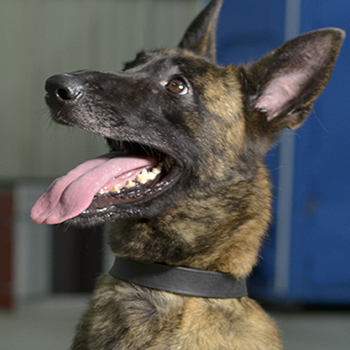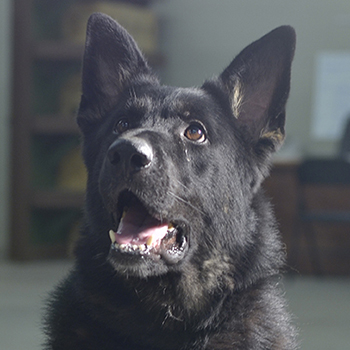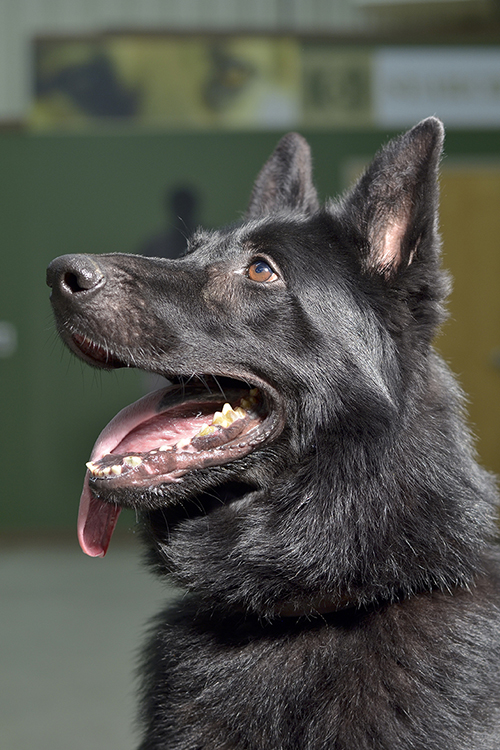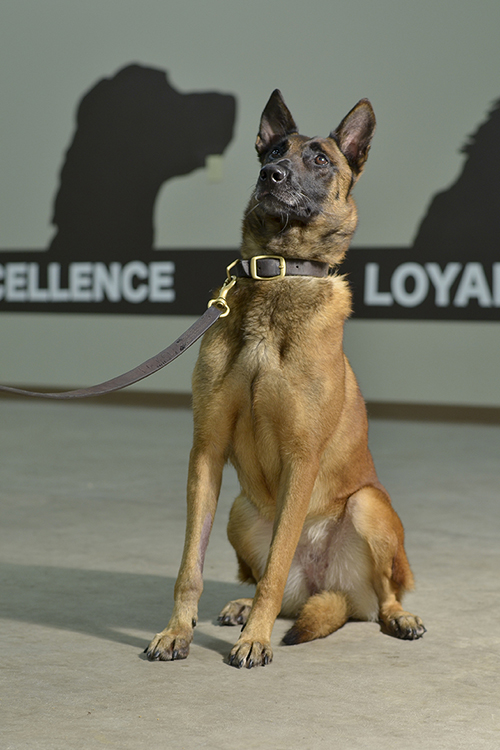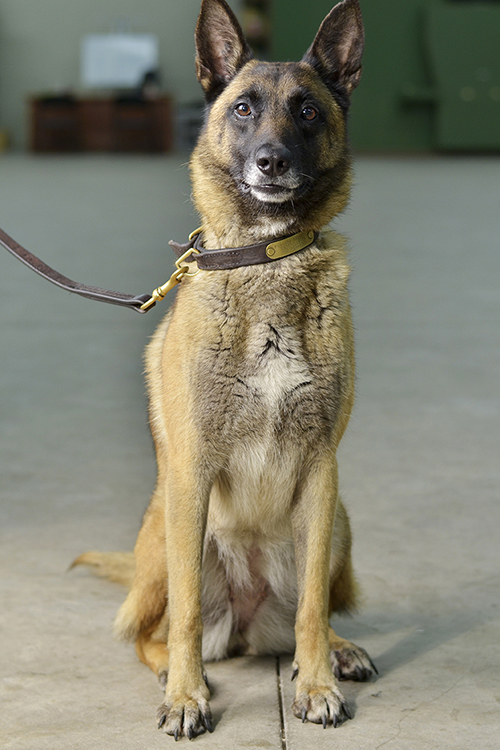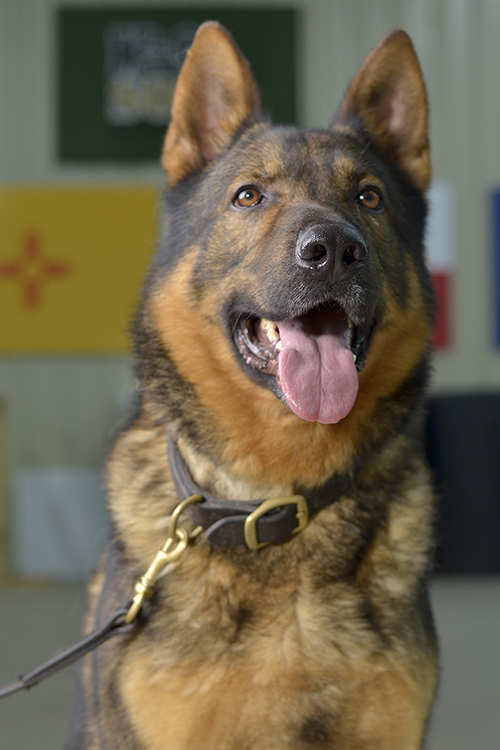The Best Care
We treat our canines humanely and with the respect they deserve. We house and transport them in a clean, temperature-controlled environment. We provide them with daily exercise, regular veterinary care, and routine physical hygiene. Injured or ill, canines are quarantined while under treatment. Every animal's feeding bowl is sanitized every day to prevent potential spread of disease.
Additional Breeds
With the advent of our revolutionary K-9 EODS, we found that additional breeds could be extremely effective. That is because the physical demands for a canine in this system are not nearly as rigorous as for animals that perform traditional field searches. The EODS canine is in a controlled environment and is not required to move on a continual basis for a long period of time. In the EODS environment, the diminutive, highly popular Jack Russell Terrier has proven to be ideal.

